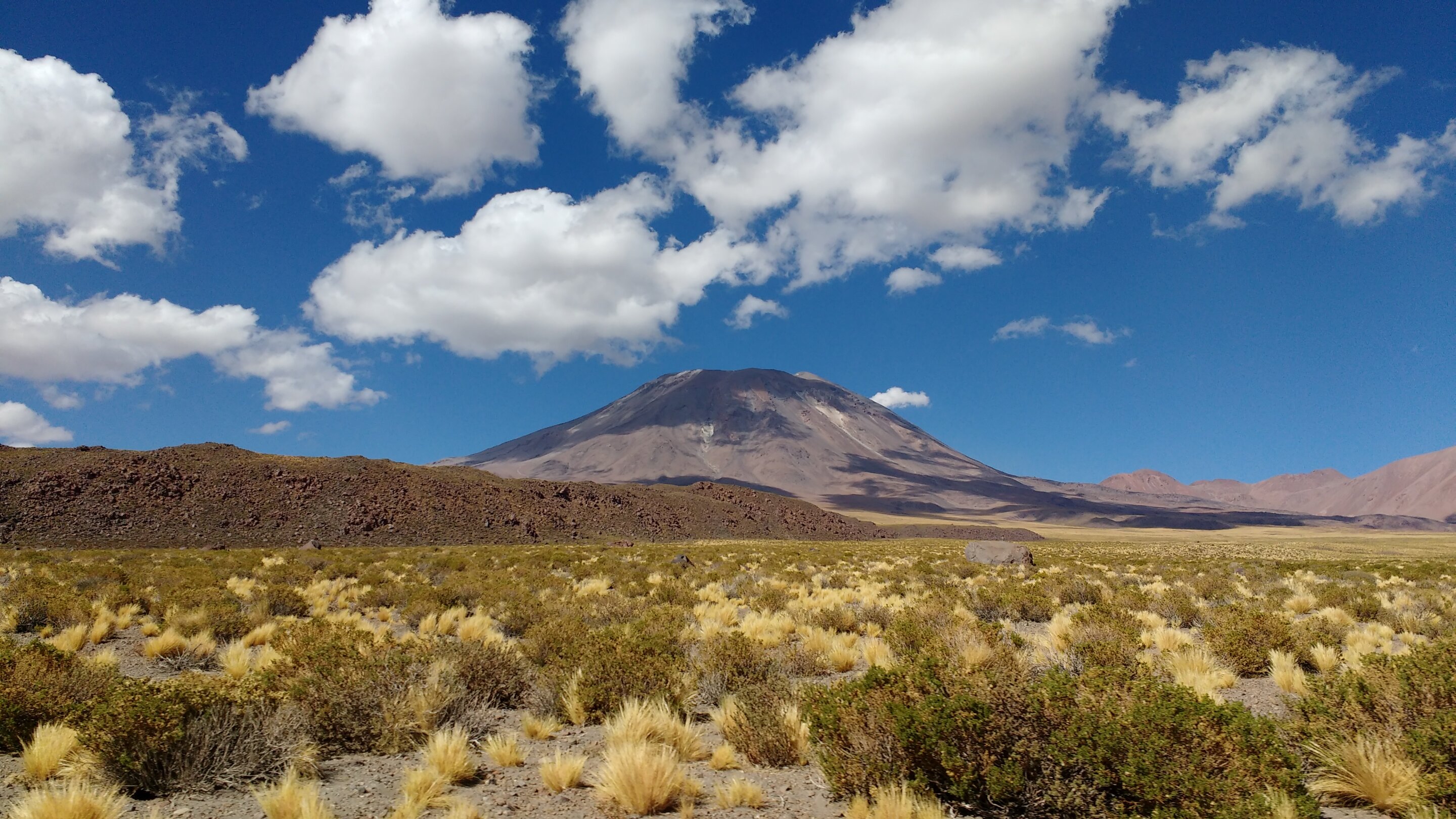Researchers uncover genetic goldmine underlying plant resilience in extreme desert environment
Date: 1.11.2021
The Atacama Desert in northern Chile, sandwiched between the Pacific Ocean and Andes Mountains, is the driest place on the planet (excluding the poles). Yet dozens of plants grow there, including grasses, annuals, and perennial shrubs. In addition to limited water, plants in the Atacama must cope with high altitude, low availability of nutrients in the soil, and extremely high radiation from sunlight.
 An international team of researchers has identified genes associated with plant survival in one of the harshest environments on Earth: the Atacama Desert in Chile. Their findings may help scientists breed resilient crops that can thrive in increasingly drier climates.
An international team of researchers has identified genes associated with plant survival in one of the harshest environments on Earth: the Atacama Desert in Chile. Their findings may help scientists breed resilient crops that can thrive in increasingly drier climates.
"In an era of accelerated climate change, it is critical to uncover the genetic basis to improve crop production and resilience under dry and nutrient-poor conditions," said Gloria Coruzzi, Carroll & Milton Petrie Professor in the New York University (NYU) Department of Biology and Center for Genomics and Systems Biology.
The study was an international collaboration among botanists, microbiologists, ecologists, evolutionary and genomic scientists. This unique combination of expertise enabled the team to identify the plants, associated microbes, and genes that enable the Atacama plants to adapt to and flourish in extreme desert conditions, which could ultimately help to enhance crop growth and reduce food insecurity.























